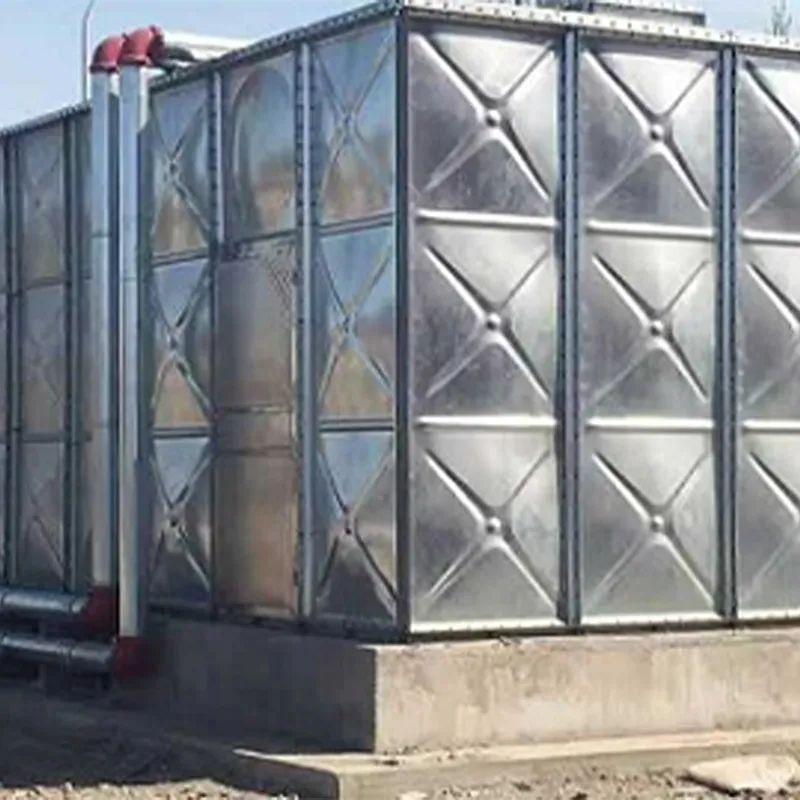loading...
- No. 9, Xingyuan South Street, Dongwaihuan Road, Zaoqiang County, Hengshui, Hebei, China
- admin@zjcomposites.com
- +86 15097380338
- Welcome to visit our website!
Innovative Designs and Applications of Molded Gratings in Modern Engineering Solutions
Understanding Molded Grating Applications and Advantages
Molded grating is an innovative solution widely used in various industries due to its unique properties and advantages. This type of grating is made from fiber-reinforced plastic (FRP), which enhances its durability, corrosion resistance, and lightweight nature. As industries seek more efficient and effective materials, molded grating has emerged as a preferred solution in numerous applications, ranging from industrial flooring to architectural designs. This article delves into the characteristics, applications, and benefits of molded grating, highlighting its growing importance in modern construction and engineering.
Characteristics of Molded Grating
Molded grating is primarily made from a matrix of fiberglass and resin, which is molded under heat and pressure to create a robust composite material. The tightly woven fibers provide strength and stability, while the resin offers flexibility and resistance to various environmental conditions. One of the critical characteristics of molded grating is its non-conductive nature, making it an excellent choice for environments where electrical resistance is paramount.
Furthermore, molded grating is manufactured in various sizes, thicknesses, and colors, allowing for versatile design options. Its slip-resistant surface is another significant feature, which is particularly beneficial in areas prone to spills or wet conditions. The customization possibilities enable industries to tailor the grating to their specific requirements, making it a practical choice for unique applications.
Applications of Molded Grating
Molded grating is utilized in a wide range of applications across different sectors. One of the most common uses is in industrial settings, particularly in manufacturing plants, chemical facilities, and food processing environments. The corrosion-resistant properties of molded grating make it ideal for areas where exposure to harsh chemicals or extreme weather conditions could pose a risk to traditional materials.
In wastewater treatment facilities, molded grating is employed for walkways and platforms due to its ability to withstand corrosive elements found in sewage
. Additionally, the lightweight nature of molded grating simplifies installation and maintenance, ultimately reducing labor costs and downtime.molded grating

In the construction sector, molded grating is increasingly used for architectural applications. It can be found in walkways, staircases, and protective barriers in commercial buildings. Its aesthetic versatility allows architects to create innovative designs while ensuring safety and functionality.
Furthermore, molded grating is an excellent choice for recreational areas, such as pools and beach access points. Its slip-resistant surface provides safety for users, encouraging a worry-free experience in wet environments.
Advantages of Molded Grating
Molded grating holds numerous advantages over traditional materials like steel or wood. One significant benefit is its resistance to corrosion, which translates to a longer lifespan and reduced maintenance costs. Unlike steel, molded grating does not rust, and unlike wood, it is impervious to rot or splintering, making it a more reliable option over time.
Additionally, molded grating is lightweight, which eases transportation and installation processes. This characteristic also reduces the load on supporting structures, making it an efficient choice in various construction contexts. The non-conductive nature of molded grating is another advantage, particularly in facilities where electrical safety is critical.
Moreover, molded grating is often produced with sustainability in mind. Many manufacturers use recycled materials in the production process, contributing to reduced environmental impact. The longevity and durability of molded grating also mean fewer resources are needed for replacements, aligning with modern sustainability goals.
Conclusion
In summary, molded grating is an exceptionally versatile and durable material that offers significant advantages across a range of industries. Its resistance to corrosion, lightweight nature, and customizable design options make it an ideal choice for applications in industrial, architectural, and recreational settings. As industries continue to prioritize safety, efficiency, and sustainability, the demand for molded grating is likely to grow. Understanding the benefits and applications of this innovative material will help stakeholders make informed decisions about incorporating molded grating into their projects, paving the way for safer, more effective, and eco-friendly solutions in construction and beyond.
-
Transform Your Spaces with FRP Grating SolutionsNewsNov.04,2024
-
The Versatility and Strength of FRP RodsNewsNov.04,2024
-
The Excellence of Fiberglass Water TanksNewsNov.04,2024
-
The Benefits of FRP Grating for Your ProjectsNewsNov.04,2024
-
Elevate Your Efficiency with FRP Pressure VesselsNewsNov.04,2024
-
Welcome to the World of FRP Pressure VesselsNewsOct.12,2024
-
Unveiling the Future of Filtration: Why FRP Filter Vessels are a Game ChangerNewsOct.12,2024
